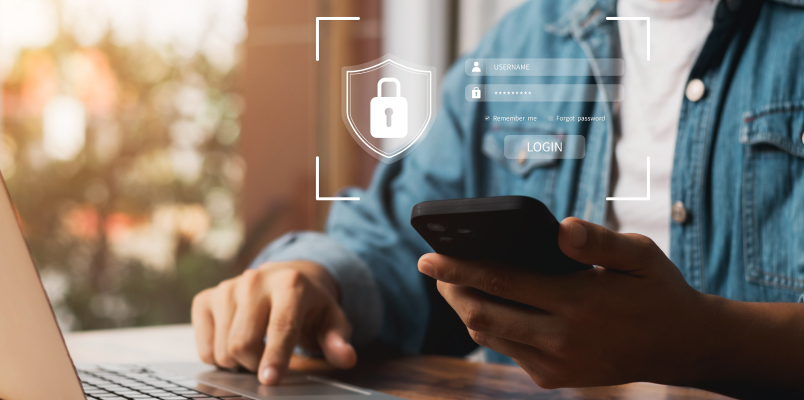Handling sensitive financial and personal data makes your practice a prime target for cybercriminals. From phishing scams to ransomware attacks, the threats are real and evolving. Fortunately, proactive security practices can help mitigate risks and keep your firm and clients safe.
Here are five essential cybersecurity tips to put in your back pocket:
1. Use Multi-Factor Authentication (MFA)
Why it matters: Passwords can be cracked or stolen. Multi-Factor Authentication (MFA) adds an extra layer of protection by requiring users to verify their identity through a second method — like a code sent to your phone or an authenticator app.
Action step: Enable MFA for all your critical accounts, including tax software platforms, client portals, cloud storage, and email. It’s one of the simplest and most effective ways to prevent unauthorized access.
Join our upcoming webinar on cybersecurity best practices tailored for tax professionals—and start the next tax season with peace of mind.
2. Stay Vigilant Against Phishing Attacks
Why it matters: Phishing emails often look legitimate, tricking users into clicking harmful links or disclosing confidential information. These attacks are a leading cause of data breaches in the tax industry.
Action step: Educate yourself and your team on how to spot phishing attempts. Be skeptical of urgent requests, especially those asking for credentials or financial details. Use email filters, and report suspicious messages to your IT provider or the IRS.
3. Keep Software and Systems Updated
Why it matters: Software updates often include patches for known security vulnerabilities. Running outdated applications can leave your systems exposed to hackers.
Action step: Turn on automatic updates for your operating systems, antivirus tools, tax preparation software, and browsers. Make it a policy to regularly audit your systems for obsolete applications and replace them promptly.
4. Encrypt Sensitive Data
Why it matters: Encryption can make information that is intercepted or accessed without permission unreadable. This is crucial when handling personally identifiable information (PII) and financial records.
Action step: Use full-disk encryption on all workstations and laptops. Encrypt files shared via email or stored in the cloud.
5. Create and Test a Data Breach Response Plan
Why it matters: Cyberattacks can happen even with the best defenses. A clear, practiced response plan can minimize damage, restore operations quickly, and ensure legal compliance.
Action step: Develop a written incident response plan that includes things such as how to contain breaches, notify affected parties, and determine when to report incidents to regulatory bodies, e.g., the IRS and other governmental agencies, as require.
IRS security requirements for tax preparers
The IRS has additional recommendations for specifically for tax professionals. To learn more, visit the tax professional IRS security page on the IRS site.
By implementing these five tips, you demonstrate your commitment to safeguarding client data and protecting your firm’s reputation. Start today.
Cyber threats won’t wait. Sign up for our cybersecurity webinar.
